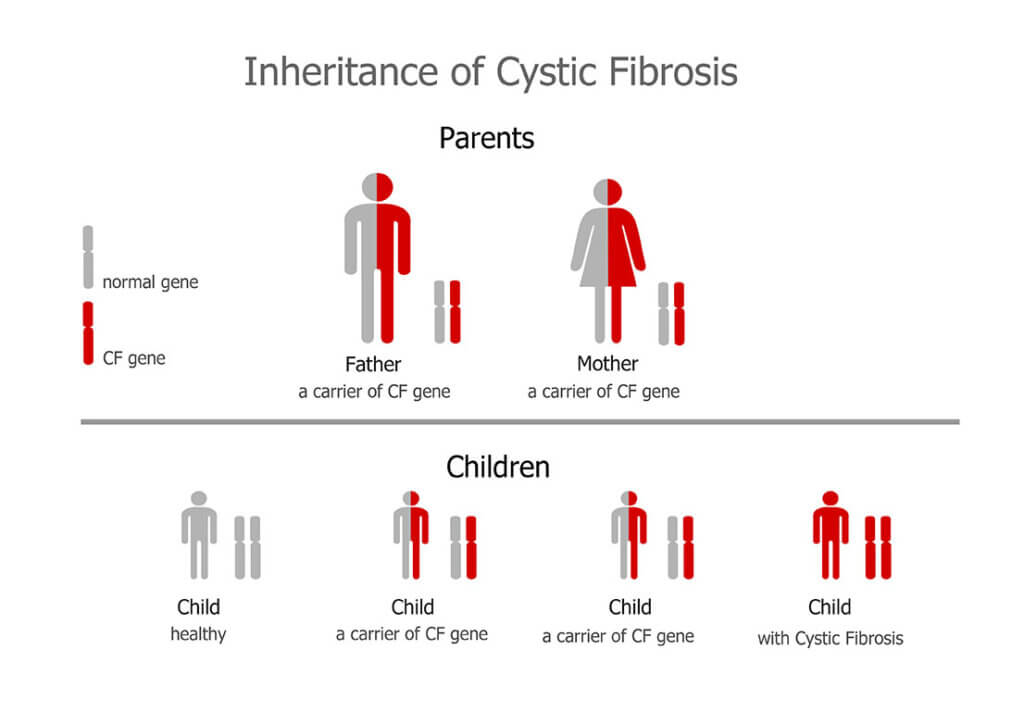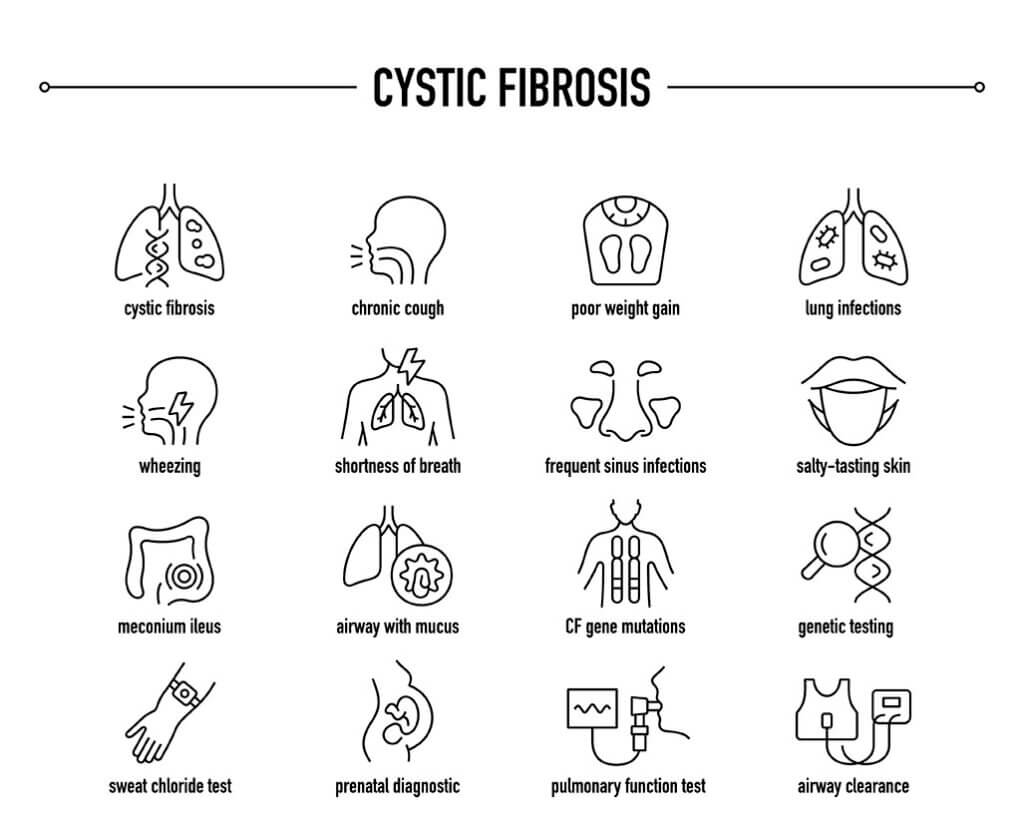What is Cystic Fibrosis?
Cystic Fibrosis (CF) is a genetically inherited condition that affects many organs within the body including the lungs, pancreas (Digestive system) and sweat glands.
Individuals with CF produce an abnormally excess amount of think and sticky mucus within the lungs, airways and digestive systems. The excessive production can adversely impact functions of the pancreas (involved in food digestion) and trap bacteria in the lungs causing recurrent infections and irreversible lung damage leading to lung failure.

Symptoms of Cystic Fibrosis
Frequent symptoms individuals with Cystic Fibrosis may experience:
- Very Salty Tasting Skin
- Persistent Coughing At Times
- Frequent Lung Infections
- Wheezing
- Shortness Of Breath
- Poor Growth And Weight Gain
- Difficulty With Bowel Movements
- Rectal Prolapse
- Male Infertility

Maddison Law – Exercise Physiologist
